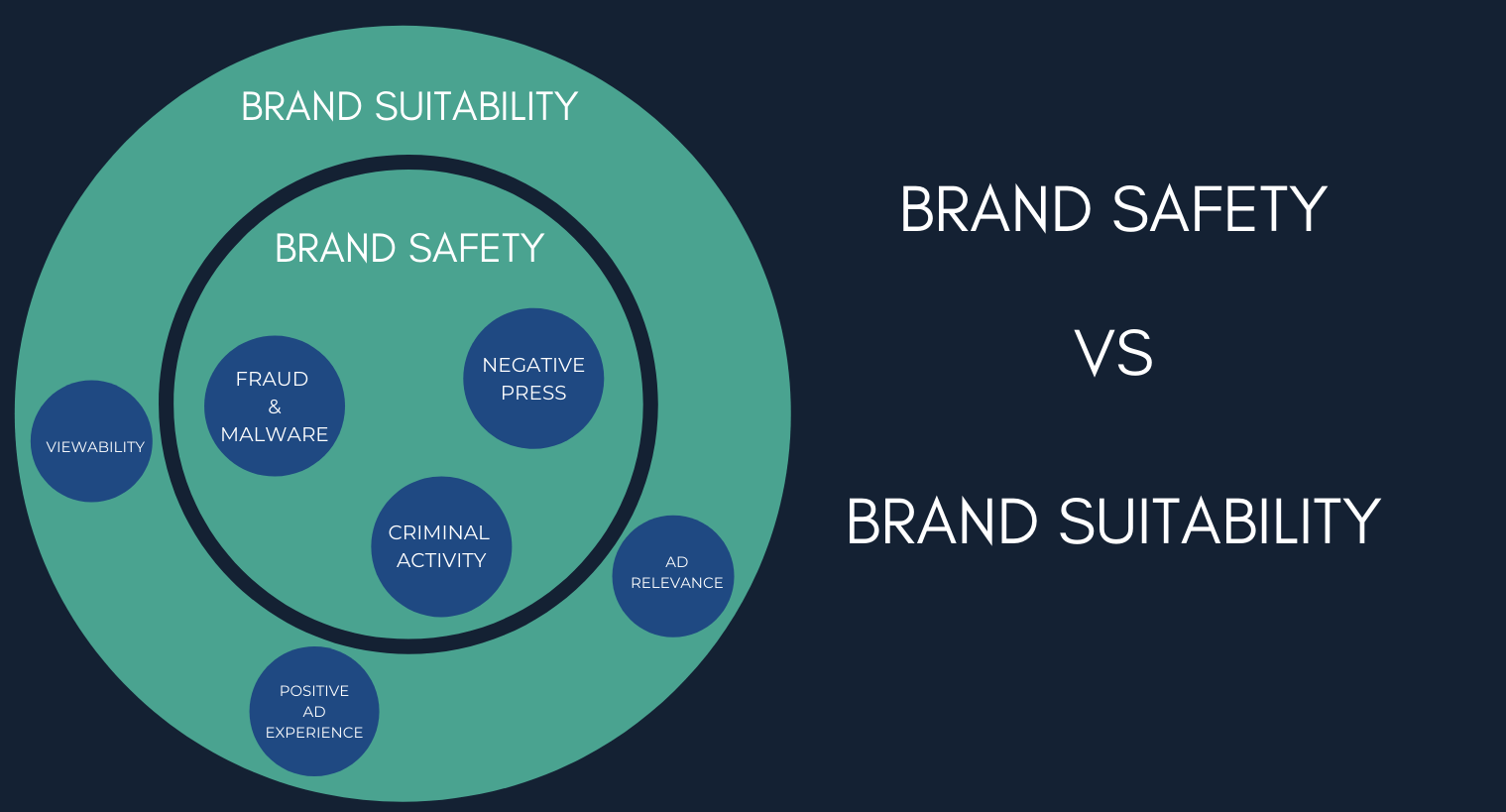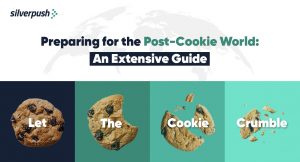Brand Safety and Brand Suitability – Do they Differ? | 11 Apr, 2022

It’s not just viewability and ROI that brands demand while buying ad inventory. The unprecedented days experienced during the covid-19 times have forced advertisers to think about brand suitability, brand safety & precise targeting as well.
As much as advertisers want to see their campaigns running on the most relevant content, they don’t want it at the cost of them appearing next to unsafe content.
This is when the importance of brand safety and suitability comes into play.
Does Brand Safety and Suitability Differ from Each Other?
The answer to the question is No. Brand safety and suitability are not different from each other, Brand suitability is just the evolution of brand safety.
What is Brand Safety?
Brand safety is the practice of preserving a brand’s reputation and preventing it from appearing in potentially harmful circumstances like hate speech, terrorism, illegal drugs, piracy, obscenity, death/injury, etc.
For example, any brand might not want their ads to get displayed next to breaking news about the war.
With brand safety, the primary goal is to associate the brand with good, authoritative, and non-confrontational content. To be successful in this endeavor, primitive measures like keyword banning and URL block listing were used to avoid unwanted or improper brand connections.
What is Brand Suitability?
Brand suitability takes brand safety to the next level. It is more than ensuring that the brand’s reputation isn’t disrupted by the content around it.
More importantly, it is based on understanding the underlying meaning of content as well as the precise context of what is on the page.
For instance, if you are a publisher in the banking industry. Your inventory is ideal for banks to display their advertisements. However, if reports about financial wrongdoings begin to make the press, the same banks will avoid placing advertisements on such articles.
However, avoiding the full website for advertising might harm the advertiser’s effort. This is where keyword blacklisting comes in handy for filtering out articles that contain ‘risky’ news.
Why Brand Safety and Suitability are Important?
Both brand safety and brand suitability are ever-evolving and play a huge role in preserving a brand’s reputation within the digital advertising realm.
Whether it is digital marketers, agencies, or publishers, all have prioritized brand safety procedures. This is crucial to not lose your customers as a result of poor brand alignment.
According to a report, 43% of customers have stopped working with a brand on which they lost trust.
During the COVID-19 times, the industry has seen an inclination towards brand suitability. Customers expect more from brands and are seeking greater control and trust in the solutions they use.
Brand suitability bridges the risk-opportunity gap by providing context-based controls that allow digital marketers to target safe, acceptable, and brand-building content.
Challenges of Brand Safety and Brand Suitability
Brand safety is concerned with preventing the loss of trust between a brand and a customer. This is due to the fact that without trust, revenue, brand equity, and customers’ interests are either reduced or eliminated.
A transparent digital advertising brand safety vendor partnership is the solution to this problem.
Advertisers must understand that the brand safety approach used for their digital advertising initiatives works at the speed of culture. This can help in absorbing new issues as they arise, and does not over-block information or allow unsafe/inappropriate content to pass through.
This happens mostly during keyword blocking and domain-level allow and block listing. Because of over-blocking, many keywords that have different meanings, and URL domains that house information on a broad variety of topics get sidelined.
When it comes to brand suitability, many businesses fail to execute it successfully due to the inability to find a comprehensive solution.
According to a recent survey, 49 percent of marketers have encountered brand suitability failure, 54 percent have faced consumer hostility, and 44 percent have lost revenue because of it.
Mirrors By Silverpush – A Blend of Brand Safety And Suitability
Mirrors by Silverpush focuses not only on brand safety but also on context-relevant brand suitability. Its AI-powered in-video context detection delivers brand safety controls without killing your reach and tackles the problems of over-blocking.
The deeply trained proprietary AI models detect custom-defined unsafe contexts like faces, actions, objects, and scenes in a streaming video. These videos are classified into many levels of video content, including smoking, adult, violence, wrecks, arms, terrorism, and others.
Along with this, it also focuses on brand suitability through text & sentiment analysis, engagement metrics, and organic influence at the video level.

BLOGS
Super Bowl Advertising: A Month-Long, Multi-Screen Event for Brands
For Americans, there are two events that they hyped for a whole year - Football season, and waiting for football season. Football remains highly popular among Americans, with searches for "NFL Draft" and viewership numbers showing an unwavering interest in the sport. According to Google Search data, football is more ...

BLOGS
Advertising in the Age of Climate Change: The Adoption of Carbon Emission Metrics
The urgency of the climate crisis is increasing, and the media industry is no exception. While some professionals are working to reduce their direct operational emissions, there is an urgent need for common standards to be set for indirect emissions that come from digital advertising. The digital advertising industry is becoming ...

BLOGS
Complete Guide to Reaching Audience with Cookieless Advertising
What’s your alternative game plan for effective cookieless advertising? Haven't thought about it yet? The time is now! Introduction The complete year of 2022 was dedicated to cookies! Panic is setting in amongst marketers owing to mounting privacy laws and the ban on cookies, causing them to re-evaluate their strategies.







